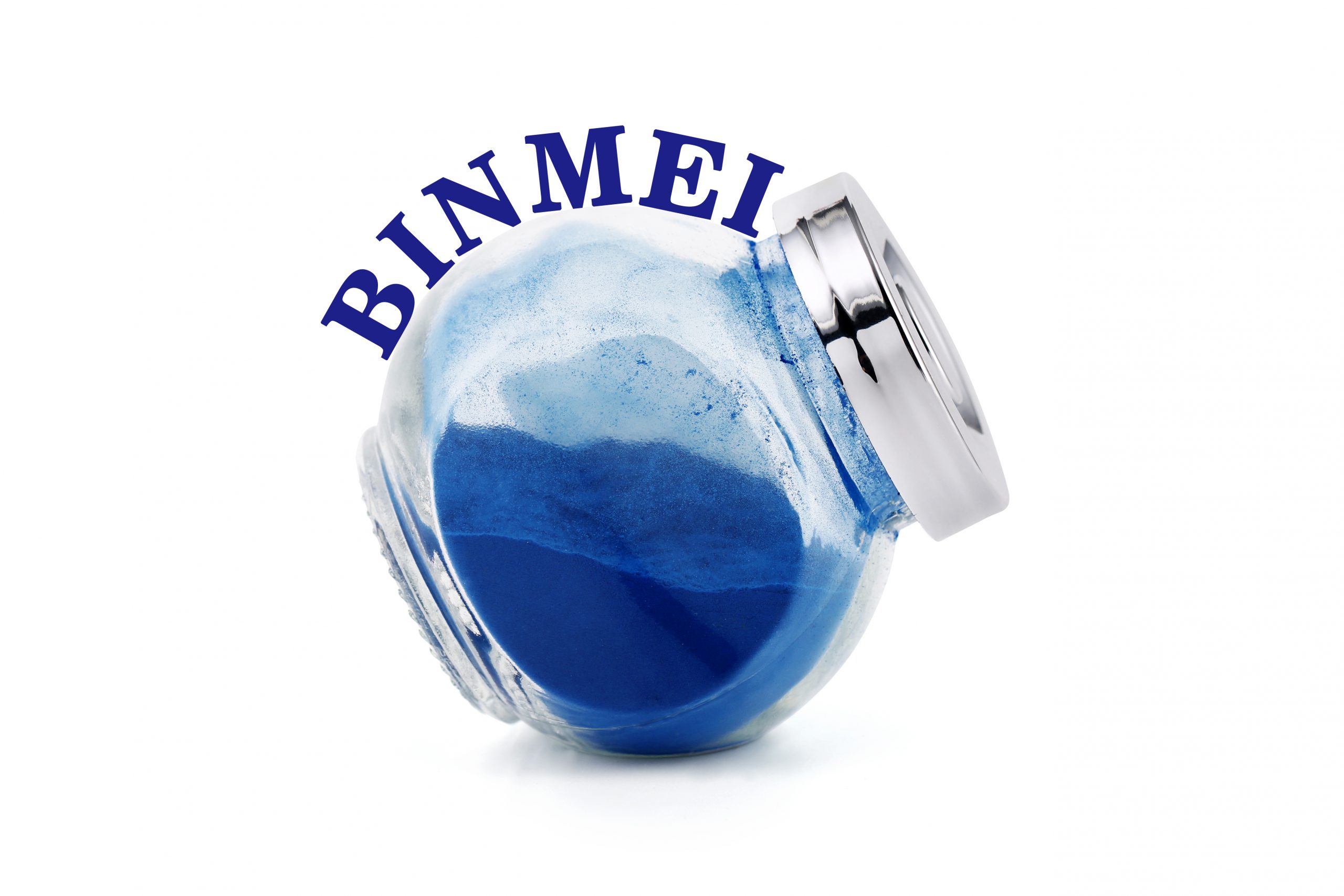2021 Predictions: Natural Colors Continue to Secure Domination in Prepared Food Products
The growth in sales of natural food colorants is expected to continue growing strong. The food color market reached $2.85B at the end of last year (about double the 2015 figures) and boasts a CAGR of nearly 6%. In a reversal of the previous decade, natural colors now comprise 69% of the market, and multiple sources expect sales of natural colorants to land between $3B and $3.5B or higher by 2027, exhibiting a CAGR of between 8-12% or greater.
According to Allied Market Research, “The natural color segment dominates the global market and is expected to retain its dominance throughout the forecast period. The shift away from artificial colorants is driven almost entirely by consumer demand and based on negative perceptions of the chemical nature of artificial colorants and their safety, especially in children.”
BLUE COLOR: Blue spirulina(phycocyanin, spirulina extract)
Spirulina, a microalgae, has been the most common — and, until huito, the only — approved blue colorant for foods. Spirulina has been refined for use as an oil-dispersible spray or as micronized powders. Under the right conditions, its blue pigment, phycocyanin, delivers a vibrant colors that can compete with synthetic blues.
Since spirulina is a protein, it is normally highly susceptible to heat and acid, leading it to fade or clump. While this makes it harder to use in high-heat formulations, for items such as candies and coatings, these challenges can be addressed by incorporating the colorant when the formulation mass cools to temperatures below 266°F. The lower the temperature, the more vivid the blue achieved. Another method is to insulate the color by using a premix blend of two parts color to one part corn syrup or maltitol syrup or similar.
 Read original articles here:
Read original articles here:
Natural Colors Continue to Secure Domination in Prepared Food Products

turkce dublaj film izle
May 27, 2022 at 1:52 amHello. This article was really fascinating, particularly since I was looking for thoughts on this topic last week. Trevor Terlizzi
binmei
May 27, 2022 at 11:20 amThank you for your affirmation!
liseli
July 18, 2022 at 12:43 pmI reckon something truly interesting about your web blog so I bookmarked. Antonia Prieto
binmei
July 28, 2022 at 4:41 pmMy pleasure.
online bahis casino
July 19, 2022 at 3:19 pmWhat a information of un-ambiguity and preserveness of valuable know-how conhcerning unpredicted feelings. Bart Maniccia
binmei
July 28, 2022 at 4:41 pmThanks for your affirmation.
binmei
July 28, 2022 at 4:42 pmMy pleasure.
bahis oyna
August 13, 2022 at 6:45 pmThanks again for the blog article. Much thanks again. Keep writing. Bennie Walberg